Ancient Warfare is a unique publication focused exclusively on soldiers, battles, and tactics, all before 600 AD. Starting with ancient Egypt and Persia and continuing to the fall of the Western Roman Empire, Ancient Warfare examines the military history of cultures throughout Europe, the Middle East and parts of Asia and Africa. Ancient Greece and Rome receive the most frequent coverage, due both to the wealth of contemporary sources and the modern fascination with these two great civilizations. Subject-matter ranges from the familiar to the more obscure: while Alexander the Great, the Persian Wars and Caesar’s Gallic campaigns all receive regular coverage, Ancient Warfare also looks at some of the less common parts of ancient military history, from chariots as battle taxis to PTSD in antiquity.
Ancient Warfare Magazine
EDITORIAL — A look at the other side
New finds from Exeter’s Roman army past
Pre-Samnite pit tombs contained weapons
Sixth-century BC ‘Illyrian-type’ helmet found in Croatia
Young ‘Hitra warrior’ lived in an age of transition
Bronze Age wall protected oasis in Saudi Arabia
Rest house of warrior-pharaoh Thutmoses III
Hannibal woz ‘ere!
HAVE YOU READ?
MYTHBUSTING THE MACEDONIAN PHALANX PHALANX FOLKLORE • The Macedonian phalanx was devised by Philip II of Macedon in the fourth century BC - traditionally said to have been inspired by the works of Homer - and used to great effect by his son, Alexander the Great, in his conquest of the Persian Empire. The armament, drill and organisation of the phalanx were the subject of much admiration and emulation in the ancient world, and continue to be topics of interest to this day. However, as with many aspects of ancient history, and ancient warfare in particular, a lot of half-truths, assumptions and doubtful ’facts’ have become attached to the phalanx over the centuries.
An origin controversy?
The trouble with Homer
A MILLENNIUM OF MILITARY CONFLICT ROME’S ENEMIES • In Rome’s long history she came into contact and conflict with all manner of peoples - indeed, at some point or other in her history, Rome’s neighbours and allies became enemies even if they had cordial relations for some time before that conflict.
Bellum lustum, or “It’s their fault!”
COLLATING THE EVIDENCE THE SAMNITE WARRIOR • Reconstructing the Samnite warrior, despite his importance as an enemy of Rome, is not easy, and unfortunately, there is no recent English-language work devoted to them. But by piecing together the textual, archaeological, and iconographic sources, we can at least try to piece together an idea of their equipment and tactics.
EARLY IMPERIAL EX-AUXILIARY REBELLIONS THE ENEMY WITHIN • When Augustus reorganized the Roman army after the civil wars which had raged through much of the first century BC, one of his innovations was the introduction of dedicated auxiliary units drawn from the provinces, which were to be partially commanded by officers from the same background. While the new auxiliary system provided the empire with much-needed additional manpower, these auxiliaries would sometimes take the skills they had learned from Rome and use them to rebel against the empire.
Italy turns on Rome
Details in dealing with the problem
DRESS AND EQUIPMENT THE DACIAN WARRIOR • Due to the geographical location of the Dacians and the lack of sources about them, they are not as familiar as their Celtic or Germanic counterparts. Yet, they were among Rome’s best-equipped enemies.
BEWARE OF HUNS BEARING SIEGE ENGINES THE SIEGE OF NAISSUS • In AD 443, the city of Naissus (modern Niš, Serbia), was besieged by the Huns. The siege was the first time the Huns are recorded as having siege engines and taking a fortified city. The city’s fall sent shockwaves throughout the Roman world -...
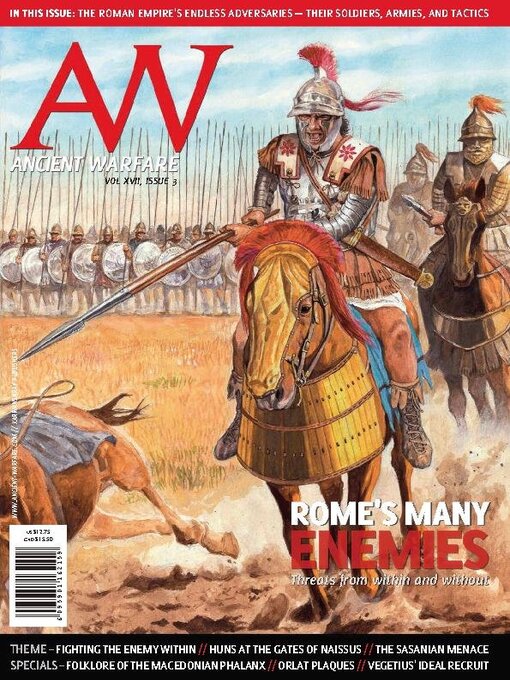
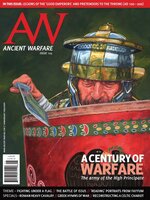 AW XVIII.5
AW XVIII.5
 AW XVIII.4
AW XVIII.4
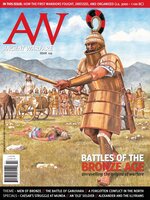 AW XVIII.3
AW XVIII.3
 AW XVIII.2
AW XVIII.2
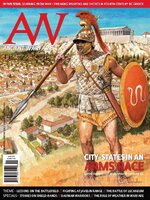 AW XVIII.1
AW XVIII.1
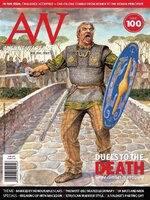 AW XVII.6
AW XVII.6
 AW XVII.5
AW XVII.5
 AW XVII.4
AW XVII.4
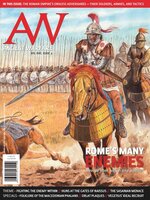 AW XVII.3
AW XVII.3
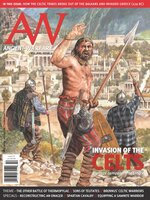 AW XVII.2
AW XVII.2
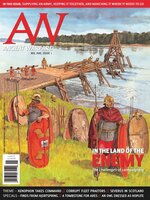 AW XVII.1
AW XVII.1
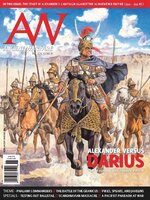 AW XVI.6
AW XVI.6
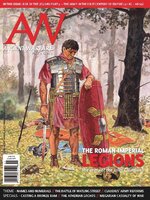 AW XVI.5
AW XVI.5
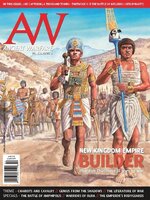 AW XVI.4
AW XVI.4
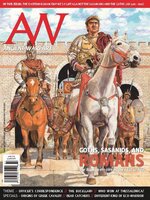 AW XVI.3
AW XVI.3
 AW XVI.2
AW XVI.2
 AW XVI.1
AW XVI.1